Wind Cave National Park represents a unique opportunity to study an accessible, yet isolated, extremophile ecosystem. The cave is one of the oldest (>300 Myr), longest, and most complex cave systems in the world. With over 150 miles of mapped passageways, Wind Cave serves as the only natural access to the Madison formation aquifer via a series of lakes in the deepest section of the cave. These lakes contain an isolated, nutrient-limited biome that may serve as the most accessible natural analog for low-biomass aqueous environments such as the oceans of Enceladus and Europa. Access to these lakes requires climbing and crawling ~3 km underground through passageways as small as 20 cm, limiting the amount of anthropomorphic contamination from human visitors.
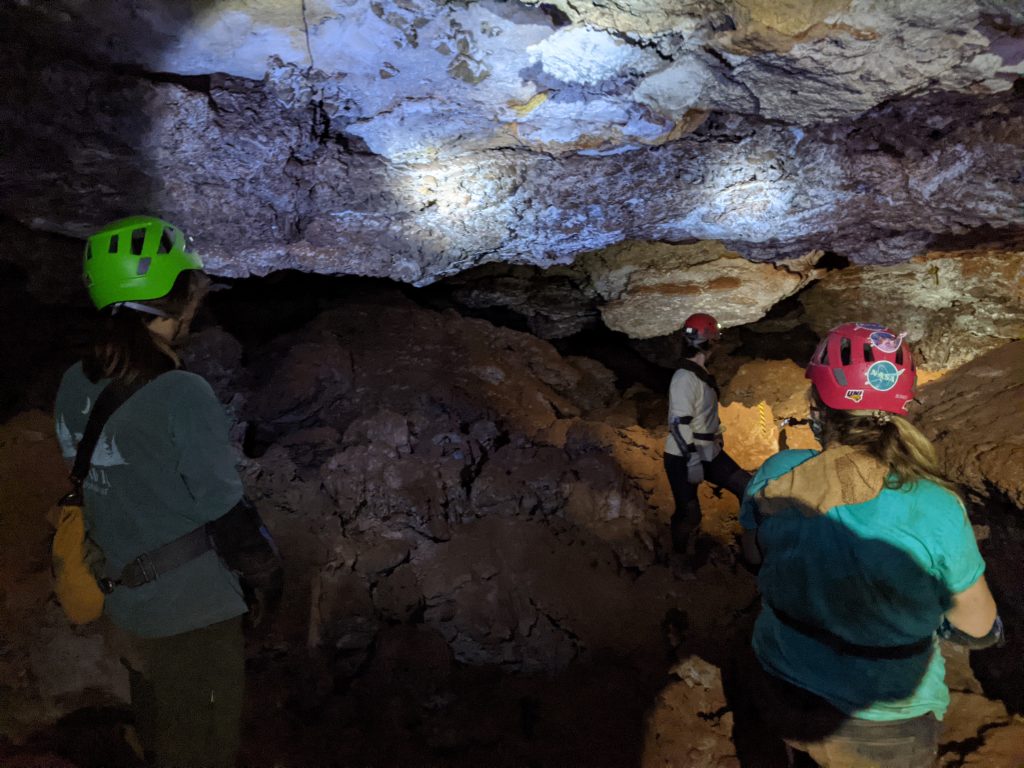
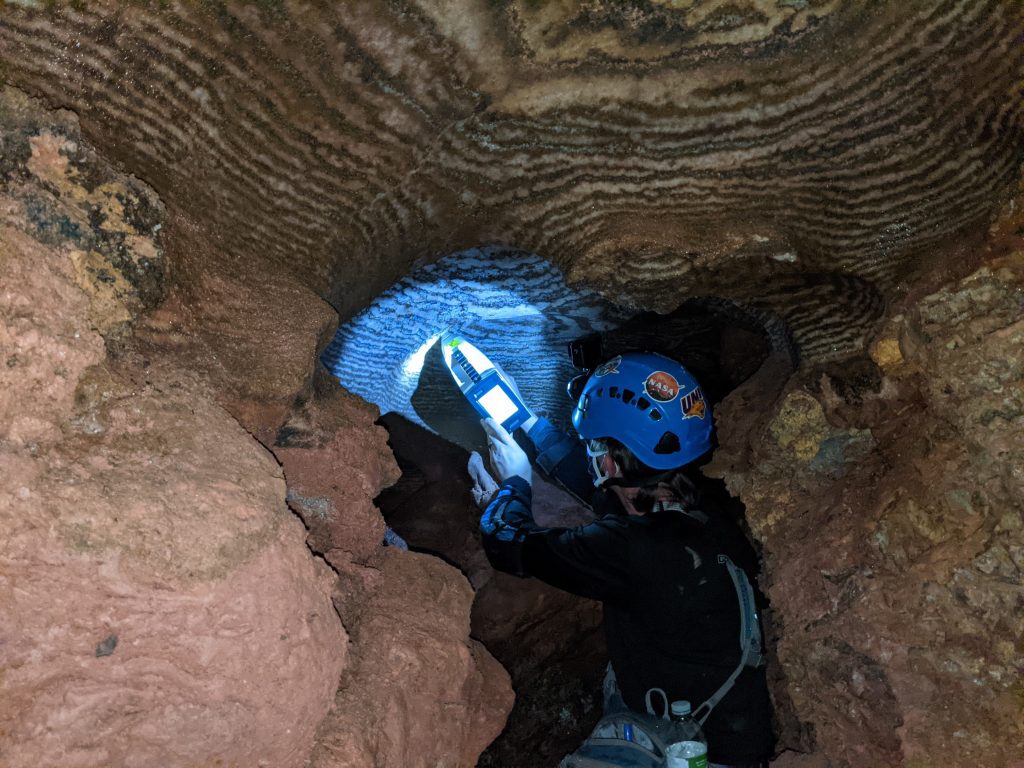

All living organisms require three things to survive: sources of energy, water, and nutrients. Extremophiles are organisms that have evolved to live in environments that severely lack one or more of these. Given the limited nutrients available in Wind Cave, microbial life found deep in the cave is expected to make extreme adaptations to survive. Samples from water in the cave are being tested and cultured. This will tell us about what life can thrive in the extreme environment of the cave and is critical in determining what types of organisms can be found in other extreme environments.
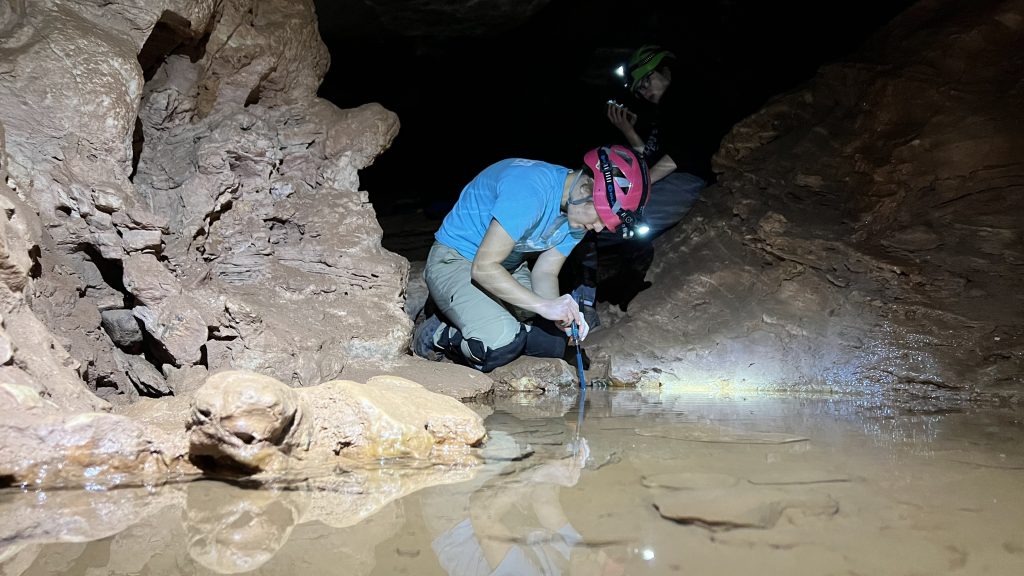
This collaborative project has many benefits for the student participants. They are able to explore new areas of chemistry, biology, and field experiences, apply their classroom knowledge to real-world questions, and gain unique hands-on experiences outside the typical laboratory setting. UNI’s research at Wind Cave provides fieldwork opportunities to students in a unique undergraduate experience. Faculty working directly with students, training with specialized instruments, and innovative research in developing areas of scientific study, create exciting new experiences for students at UNI.
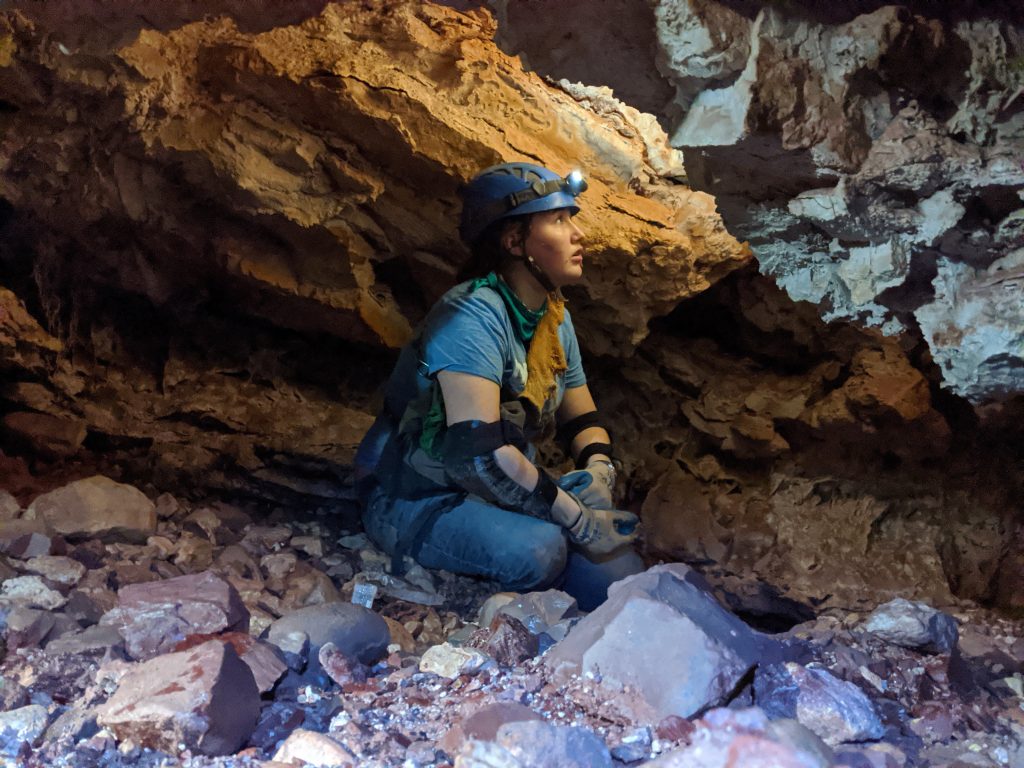
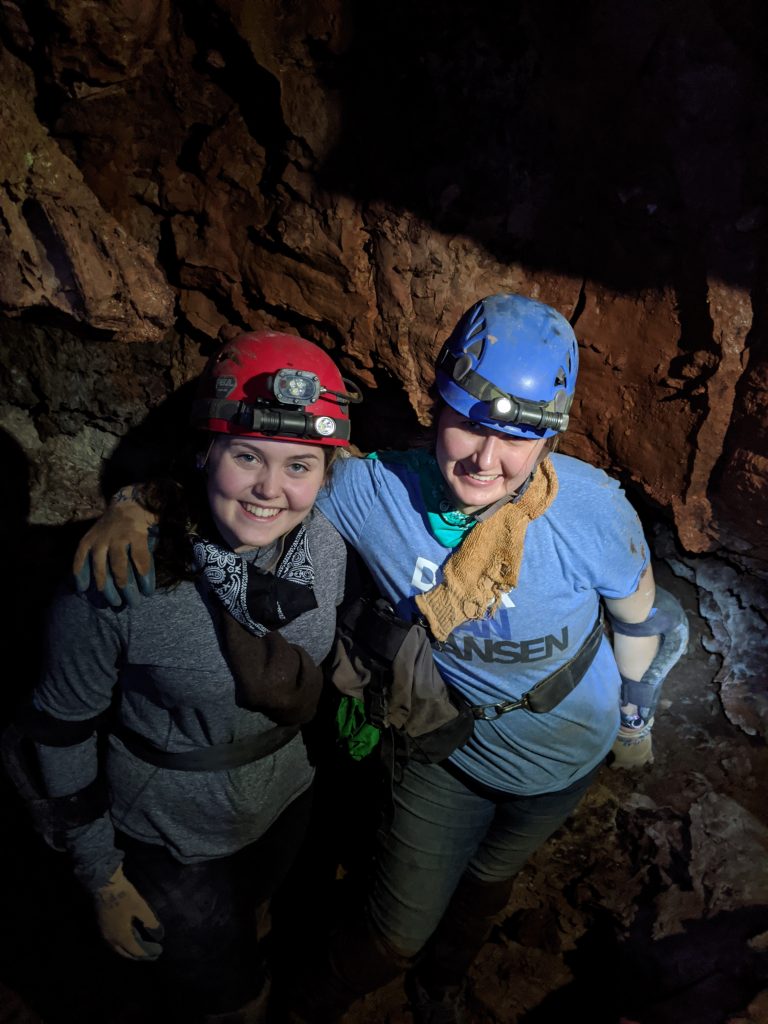
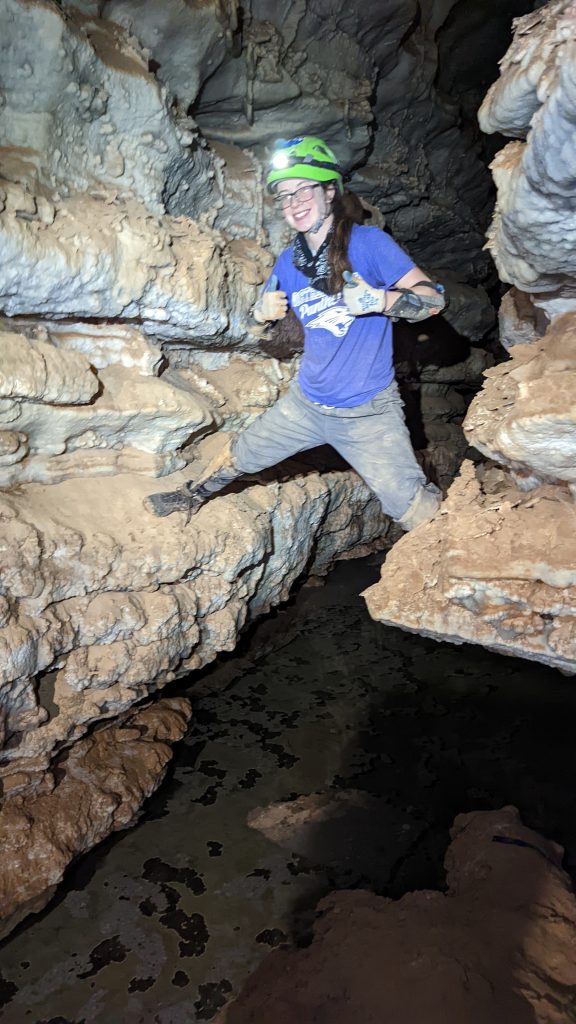
Are you interested in finding out more? Drop us a line!
Any opinions, findings, and conclusions or recommendations expressed in this material are those of the author(s) and do not necessarily reflect views of the NASA and/or Iowa Space Grant Consortium support or Iowa State University